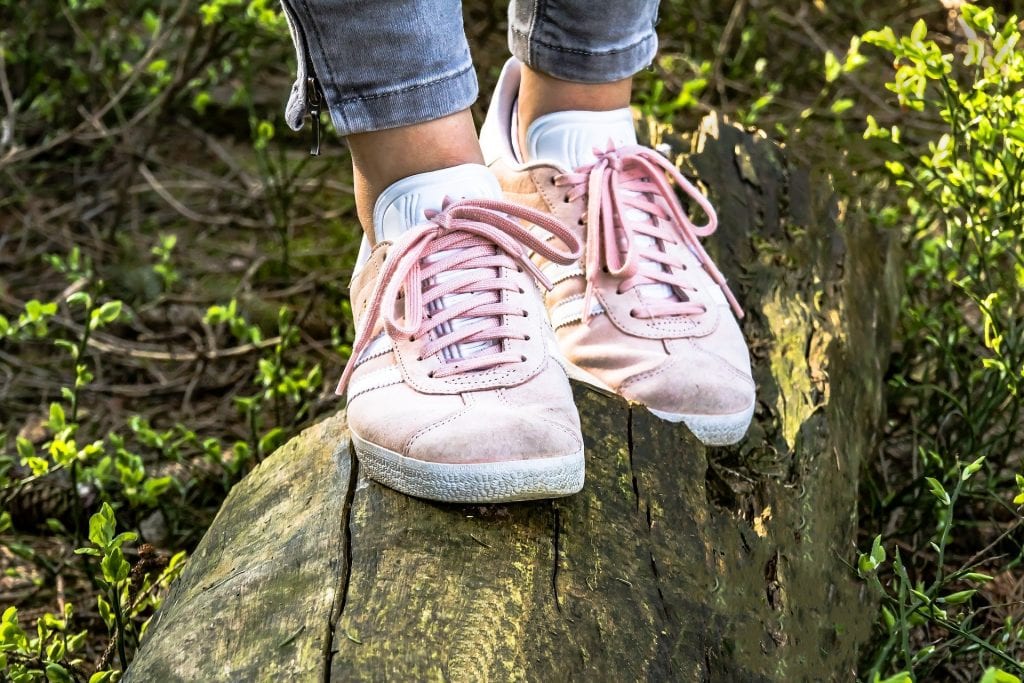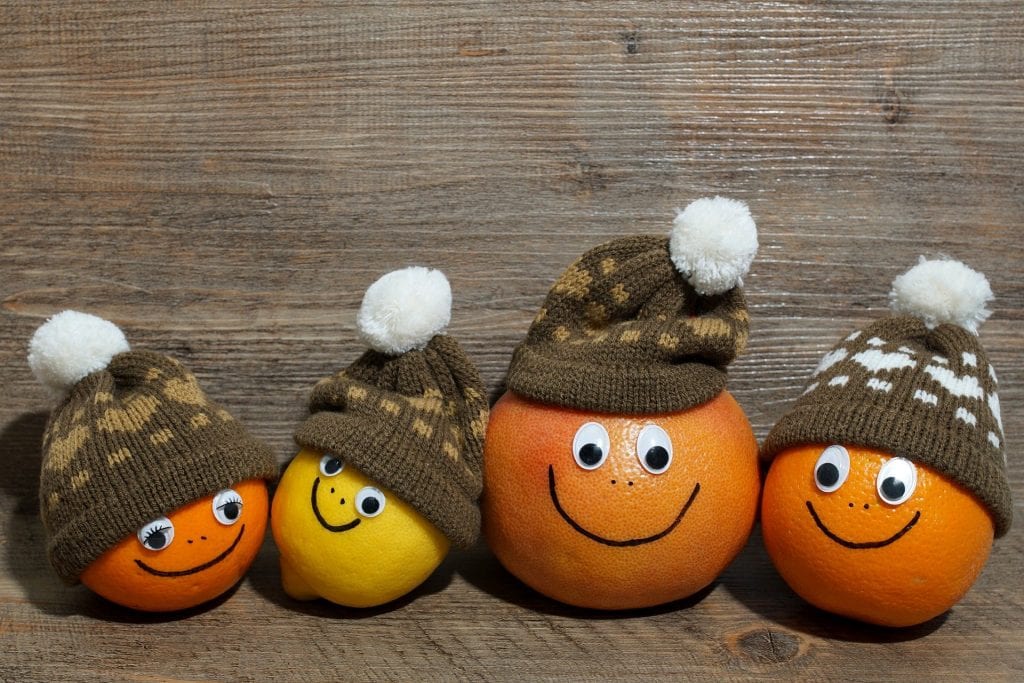
“I have not failed. I’ve just found 10,000 ways that won’t work.”
Thomas Edison certainly knew a thing or two about failure and success. Amazing to think how different our lives would be if he hadn’t kept going through all the mistakes (and well over a thousand registered patents) before finally bringing electricity to the world.
Fear of failure is common and it is powerful. It increases vulnerability and self-doubt. In fact our inner critic would argue that it’s safer to not even try. This inner voice (usually full of unsubstantiated claims and dramatic conclusions) is simply trying to keep us safe – from disappointment, judgement, loss and all those negative things. So why try?
We tend to use all sorts of tools such as procrastination, perfectionism, doubt, envy – all to avoid failure. But what if we saw it as a mere step along the way? Is it even possible to change our perspective on something that is so personal?

In social psychology there’s a concept known as the ‘fundamental attribution error’. This is the tendency to over-emphasise personality explanations for behaviour, while under-emphasising environmental effects. So if I do really well in an exam I will decide it’s because I’m really smart; if I fail, however, I’ll blame the unfair questions. Failure in this case is not my fault – I can blame someone or something else.
If it’s possible to make a mistake like this in failure attribution, surely it’s also possible to change how we think about it. A shift in perspective can shine light on the path ahead rather than the trips and falls along the road behind that got us here; ‘eyes on the prize’ I suppose you’d call it. For artists and creators, in particular, this is simply vital in order to keep going.
“Making art is being willing to fail publicly.” Oliver Jeffers

If we take a leaf out of this book and find persistence to keep going then all sorts of treats lie in store. We can find the courage to admit defeat on something and call it learning, or we can find the courage to try something new and call it success. It’s up to us.









